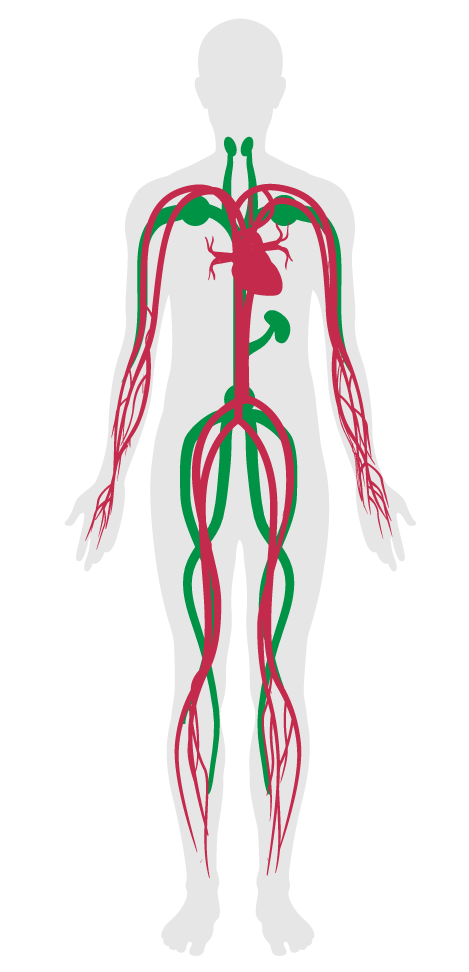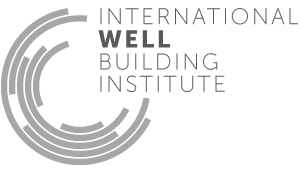Adaptable spaces
- 83 Radiant thermal comfort
- 84 Health and wellness awareness
- 85 Integrative design
- 86 Post-occupancy surveys
- 87 Beauty and design I
- 88 Biophilia I - qualitative
- 89 Adaptable spaces
- 90 Healthy sleep policy
- 91 Business travel
- 92 Building health policy
- 93 Workplace family support
- 94 Self-monitoring
- 95 Stress and addiction treatment
- 96 Altruism
- 97 Material transparency
- 98 JUST organization
- 99 Beauty and design II
- 100 Biophilia II - quantitative
- 101 Innovation feature I
- 204 Impact reducing flooring
- 205 Health through housing equity
89. Adaptable spaces
Healthy work environments should be designed to mitigate stress and optimize productivity, and should therefore be sufficiently adaptable for working, focusing, collaborating, and resting as needed.
This feature creates a productive work environment that is free of distracting stimuli and includes spaces that are designed for focused work and that encourage short naps.
Part 1: Outdoor Biophilia
At least 25% of the project site size meets the following requirements:
a. Features either landscaped grounds or rooftop gardens accessible to building occupants.
b.95 Consists of, at minimum, 70% plantings including tree canopies (within the 25%).
Part 2: Privacy
Areas greater than 1860 m_ [20,000 ft²] provide at least one privacy room to unwind, focus and meditate. Space(s) meet three of the following requirements:
a. Are at least 7 m_ [75 ft²] for every 372 m_ [4000 ft²].
b.183 Provide ambient lights at 200 lux [19 fc] or less and 2700 K or less.
c. Include a plant wall covering at minimum 50% of a wall or potted plants covering at minimum 15% of the floor area.
d. Include a water feature at least 60 cm [2 ft] in height.
e. Have Noise Criteria (NC) at 30 or better as measured from within the space.
f. Provide an audio device with a selection of nature sounds and volume control.
g. Provide at least 3 different types of seats; cushioned reclining chair, floor chair with back support and at least 3 meditation cushions of varying sizes.
h. Provide storage cabinets with closeable doors for shoes, mats, blankets and cushions.
Part 3: Space Management
To minimize clutter and maintain a comfortable, well-organized environment, minimal storage requirements are addressed through the provision of:
a. Allow at minimum 1.5 m_ [15 ft²] built in, overhead storage cabinet spaces per 20 m_ [215 ft²].
b. A locker for each regular occupant with 1 or more shelves, at least 0.25 m_ [9 ft²] in volume.
Part 4: Workplace Sleep Support
Short naps are an effective and healthy means for improving mental and physical acuity, even more so than caffeine, which can disrupt sleep. To facilitate occupant alertness, provide adequate space to accommodate one or more of the following furniture options; at least one of which must be provided for the first 30 regular building occupants and an additional one for every 100 regular building occupants thereafter:
a. Couch.
b. Cushioned roll-out mat.
c. Sleep pod.
d. Fully reclining chair.
e. Hammock.
Part 99: Social Interaction (PENDING)
Social connection and community is one of the most potent protective factors against stress. Opportunity for non-work related socializing must be made available in regularly occupied areas 372 m_ [4000 ft²] or larger through the provision of a social zone taking up at minimum 10% of the space, with at least 4 seats per 19 m_ [200 ft²] and providing:
a. Access to at minimum 1 of 3 physically engaging games: Ping-Pong, foosball or dart board.
b. Access to at minimum 3 of 8 non-physical games: chess, Scrabble, checkers, Monopoly, Mah Jongg, Risk, backgammon or Battleship.
c. WELL Building Standard approved beverages.
d. Furniture combination that supports varying postures, at minimum 2 of the following 4 types: ergonomic stool, two-person couch, ball chair or standing table.

Cardiovascular
Immune
Applicability Matrix
| Core & Shell | Tenant Improvement | New Construction | |
|---|---|---|---|
| Part 1: Outdoor Biophilia | O | O | O |
| Part 2: Privacy | - | O | O |
| Part 3: Space Management | - | O | O |
| Part 4: Workplace Sleep Support | - | O | O |
| Part 99: Social Interaction (PENDING) | - | - | - |
| Commercial Kitchen | Schools | Multifamily Residential | Restaurant | Retail | |
|---|---|---|---|---|---|
| Part 1: Outdoor Biophilia | - | O | O | O | - |
| Part 2: Privacy | - | O | - | O | O |
| Part 3: Space Management | - | - | - | O | O |
| Part 4: Workplace Sleep Support | - | - | - | - | - |
| Part 99: Social Interaction (PENDING) | - | - | - | - | - |
Verification Methods Matrix
| Letters of Assurance | Annotated Documents | On-Site Checks | |
|---|---|---|---|
|
PART 1 (Design) Outdoor Biophilia |
Architect | Spot Check | |
|
PART 2 (Design) Privacy |
Architect | Spot Check | |
|
PART 3 (Design) Space Management |
Architect | Spot Check | |
|
PART 4 (Protocol) Workplace Sleep Support |
Architect | Spot Check |
| 89.2.b |
CIBSE’s Lighting Guide 13: Lighting for Places of Worship notes that lamps with a correlated color temperature of 2700-3000 K for congregation spaces can help these spaces feel psychologically "warmer". |
